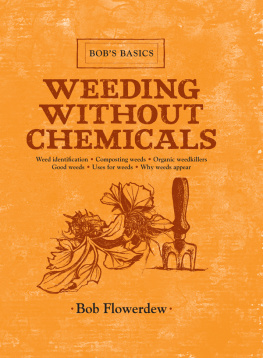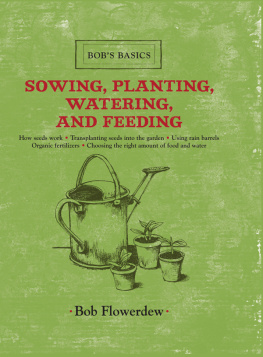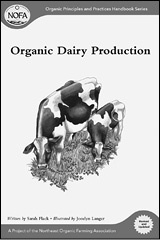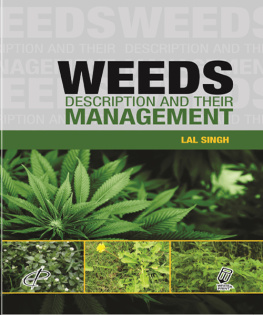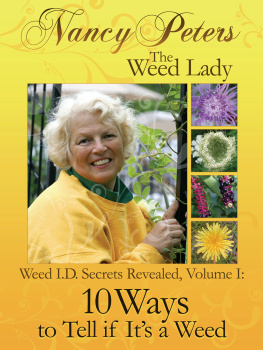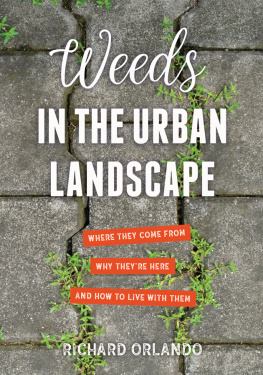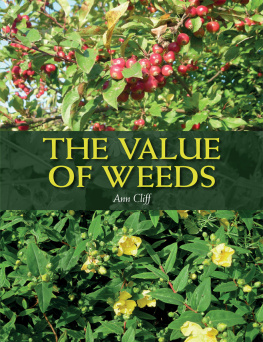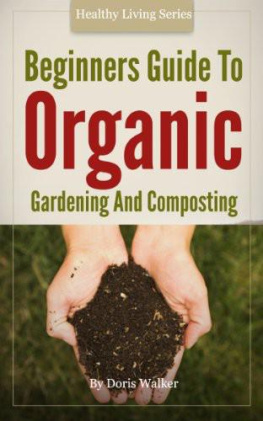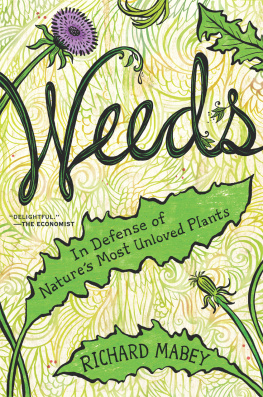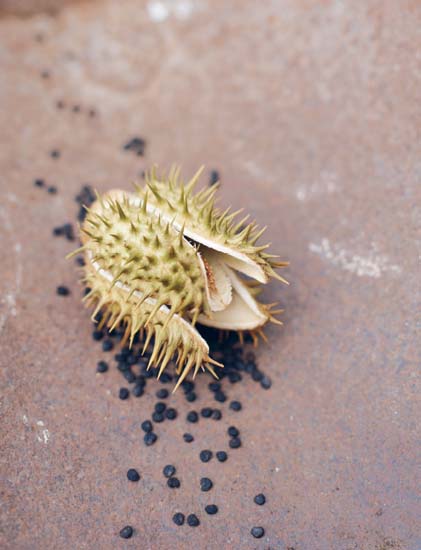
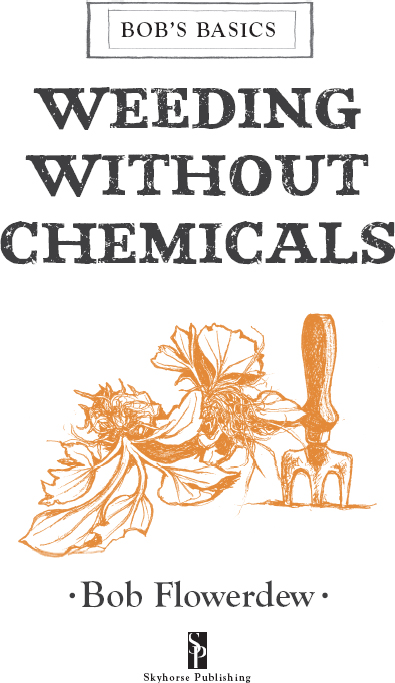
Copyright 2012 by Bob Flowerdew
Design 2010 by Kyle Cathie Limited
Photography 2010 by Peter Cassidy
Illustration 2010 by Alison Clements
All Rights Reserved. No part of this book may be reproduced in any manner without the express written consent of the publisher, except in the case of brief excerpts in critical reviews or articles. All inquiries should be addressed to Skyhorse Publishing, 307 West 36th Street, 11th Floor, New York, NY 10018.
Skyhorse Publishing books may be purchased in bulk at special discounts for sales promotion, corporate gifts, fund-raising, or educational purposes. Special editions can also be created to specifications. For details, contact the Special Sales Department, Skyhorse Publishing, 307 West 36th Street, 11th Floor, New York, NY 10018 or info@skyhorsepublishing.com.
Skyhorse and Skyhorse Publishing are registered trademarks of Skyhorse Publishing, Inc., a Delaware corporation.
Visit our website at www.skyhorsepublishing.com.
10 9 8 7 6 5 4 3 2 1
Library of Congress Cataloging-in-Publication Data is available on file.
ISBN: 978-1-61608-647-3
10 9 8 7 6 5 4 3 2 1
Photographic Acknowledgments: All photography by Peter Cassidy except pp. 77, 79, 98 by Fran Yorke
Printed in China by 1010 Printing Ltd
Contents















Introduction
The classic definition of a weed is a plant in the wrong place. And, to be fair, that is about it. Any plant may become a weed if its vigorously invasive or good at self-seeding. Many of our common weeds were once grown as garden flowers, and some as vegetables. We may tolerate some prettier weeds (wild flowers) in certain areas but in most parts of the garden they must be stopped or they can soon take over.
A weed may be itself unsightly or merely blocking the view of other prettier plants. It may, if left, keep on spreading and become more than an inconvenience. A motley host of weeds compete with our chosen plants for nutrients, water, light, and air, but worse, weeds support, overwinter, encourage, and spread pests and diseases. So weeds have to be controlled or even eradicated; that is much of the work of gardening.
Although almost any plant could become a weed by doing too well in the wrong place, most weeds are those annoying green things that come up everywhere; between our cherished plants, through the hedge, and springing along the cracks in paving. We dont know all their names but we soon get to know the look of them well enough.
This book is about how to simply and easily control these weedsand how to do so with little effort, ecological intrusion, or cost.
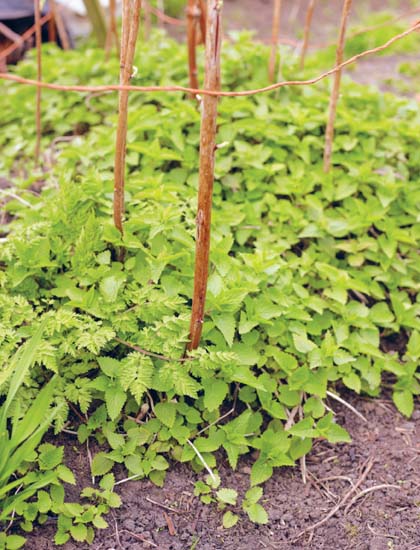
Dead nettles; weed or ground cover under these raspberries?
What are weeds?
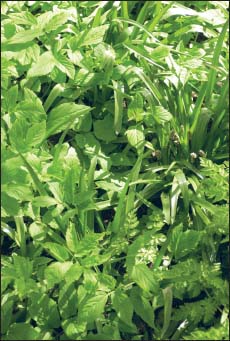
There is little easier to maintain than a bed of weeds
A weed is, indeed, well-defined as a plant in the wrong place. One cannot put it better. In another spot or time, the same plant would be a native benefiting insect life, a ground stabilizer, a nutrient recycler, or even a garden flower, but right now, where it is, it is unwanted, thus a weed. Another way of putting it is: If it multiplies fast, is not choosy as to soil, shade, or situation, is immune to most pests and diseases, then if its not a weed already it soon will be.
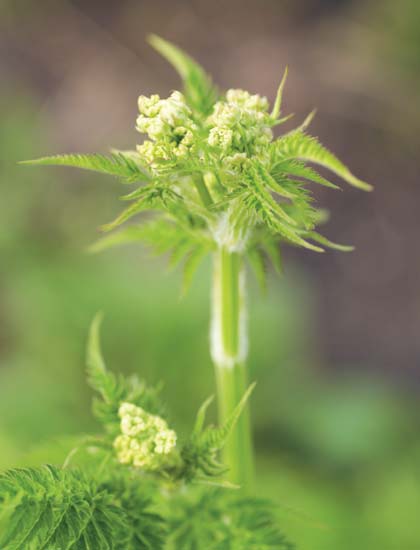
In another time or place, a weed may become an esteemed flower
Many of our garden flowers have moved out to become vagrant weeds, albeit relatively pretty ones. The story is often told of the rosebay willowherb, once admired as a garden plant, for the flowers supposedly resembled those of the tender rosebay or oleander. It then became a plague when the steam railroad in England provided burned-off areas where the windborne fluffy seeds could alight and take over. The sides of the tracks still carry many dense patches of this delightful invader. Many train travelers around England are also rewarded by the massive flower show, apparently deliberately sown, of countless buddleias. Indeed, the former are such prolific seeders that almost every derelict urban garden or wasteground has its buddleias taking over. It is remarkable considering the original purple form was not introduced from China until 1890; it is claimed the bombsites of World War II enabled this plant to multiply. The sycamore is an older escapee, long naturalized and still a perpetual weed problem to neighbors. Evening primroses are one of the newer weeds, appearing with delightful big yellow flowers at dusk all summer, and multiplying relentlessly. Canadian fleabane has no known good attributes and is silently taking over most of Europe.
Any plant that just wont stop growing is a weed, to all intents. A neighbors giant leylandii hedge on your once sunny side could be looked at as a huge weed problem, though that is no compensation. Likewise, climbers too vigorous for their original support can become weeds to everything elserambling roses are notorious. However, most weed control is concerned with much smaller stuff.
Ancient Greek myths were likely the result of Chinese whispers and Fishermans tales thus such foes as the many headed hydra were based on the real reports of prospective settlers encountering bindweed!
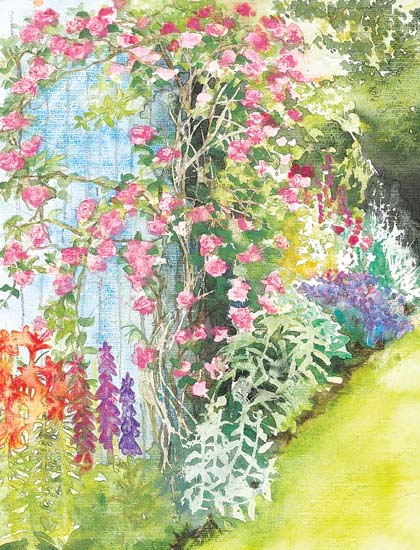
Next page
